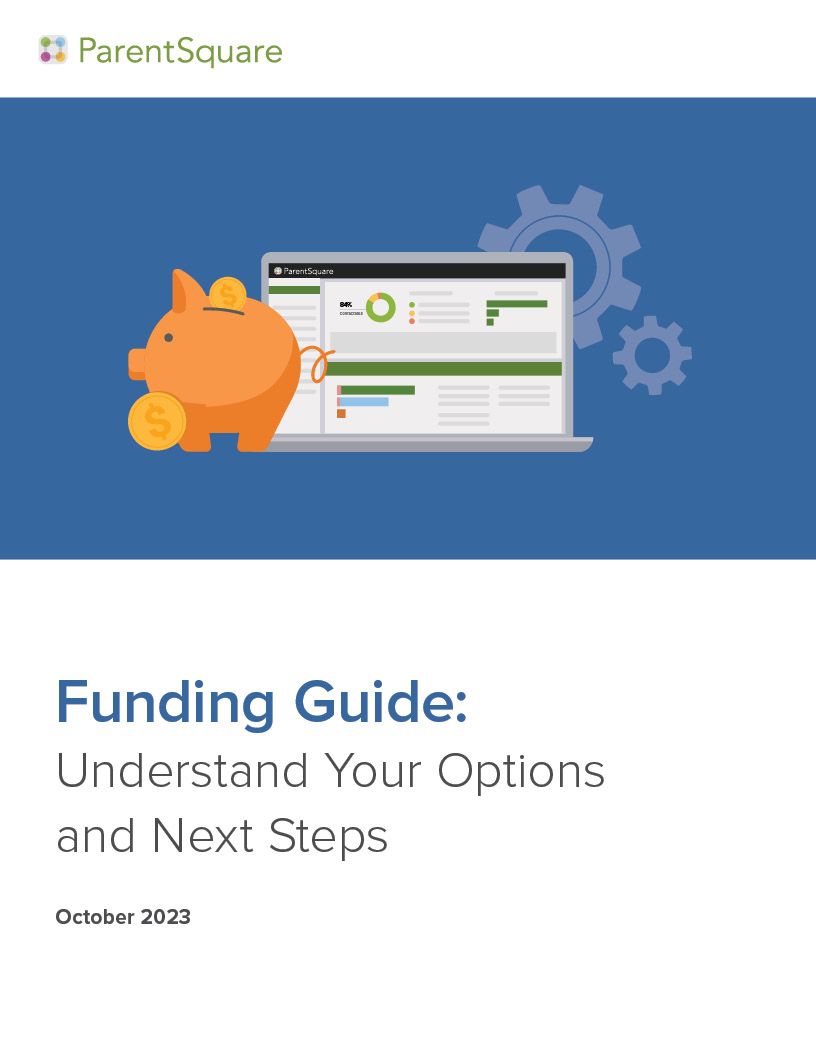What I love about Kindergartners is that they are natural risk takers. They go for it! Many times I’ve observed a Kindergarten teacher asking questions of his students, and it goes something like this: “What state do we live in?” he might ask, and suddenly just about every hand is up. “Oooh, Oooh, pick me! Pick me!” several students shout, even though they know they just need to raise their hand. When the teacher calls on one child, she confidently says, “Egypt!”

“No, not Egypt,” the teacher says, looking for another answer. But here is the best part: nine times out of ten, the student that did answer Egypt will shoot their hand back up, hoping for another try.
This is clear evidence that the kindergarten students feel safe enough to take academic risks, and every time I see it, I give a little invisible fist pump, thinking “Yes!”%
Sadly, I only need to take quick walk down to the classrooms of older students and it doesn’t take long to find a much greater sense of academic cautiousness among students. Rather than engaging with the lesson head on, and taking some risks, I see many more (not all) students who have become risk averse. They are afraid to be wrong, and so the hand stays down and opportunity to engage is missed. This can be particularly pervasive among students who feel successful in school.
To protect that natural risk taking that all children have when they are born, schools need to build in opportunities for students to experience “productive failure.” Rather than just getting feedback that says something is right or wrong, we need to provide students with safe spaces to step back and ask, “Why didn’t that work out?” “What question do I need answered to turn that around?” or “What can I change or tweak to see if I get a different result?” These are the questions of a learner, and they nurture that perseverance that we all know is so critical for a child’s future.
Here at Peabody, I am pleased to see grade levels taking on more and more projects and fieldtrips that allow students to experience productive failure in ways that ultimately lead to success, and therefore build confidence. I see this not only in the classrooms as debates, simulations, scenarios, computer programming, and other project-based experiences, but I also think that this is where the special programs at Peabody really come in to play. I regularly watch students in the PE class, learn by doing under the watchful eye of Stephanie and Coach Holbrook. I see students turn frustration into beautiful ceramic sculptures with Mrs. Pinner in the SplashZone. I see children improve their coordination and sense of timing and movement through space while working with Steven Lovelace. I observe children finding their voices and beginning to develop “presence” through structured risk taking in drama class. Day in, and day out, Peabody provides a safe place for your children to take risks, and I am sure that you’ll join me in saying that it makes all the difference.

An educator for 22 years, Demian Barnett has had the privilege of teaching at the elementary through university level and has been a high-school and elementary administrator. Barnett is the principal at Peabody Charter Elementary, where the school uses ParentSquare to connect the school with the community.







